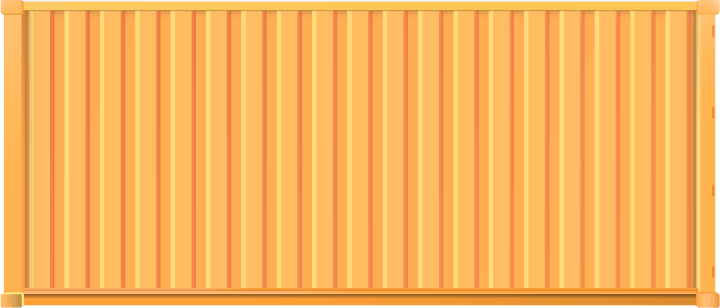
Discovering Product/Market Fit
Discovering Product/Market Fit

Will the dogs like the dog food?
(B2C)Product/market fit determines whether you grow steadily, slow, or not at all. Remember, a B2B tech or SaaS product exists for only two reasons:
- saves time
- saves money
A consumer tech or SaaS product exists for these reasons:
- attractiveness
- immediacy
You must prove to yourself and your investors that your idea will fly in the marketplace. But the typical Catch-22 is that you don’t have a ton of money for formal market research.
You don’t need it. Use these no/low cost techniques to disover product/market fit, before you develop it.
Why do this?
- To see your product’s value from your prospects’ standpoint.
- To hear what your salespeople will hear.
- To learn how to align your new concept with the marketplace
Sales & marketing are social processes
The first thing to understand (and many people don’t) is that business is a social process. To do this successfully you’ll be spending the bulk of your time talking with people…not staring at a laptop screen.
If this provokes anxiety you’re in good company. Many people are hesitant to reach out to strangers. If you take the plunge, however, you’ll find it gets much easier as you go along.

Discovering product/market fit: a 5-point model
Work through the following 5-point strategy model as a first step to discovering product/market fit. Just apply what you already know, or strongly suspect, is true about your market. Support each assumption with whatever market information you have on hand.
- What are the trends in my industry?
- What’s driving the trends?
- What are we doing about the trends?
- What are our competitors doing about the trends?
- What should we be doing about the trends to grow revenue and profits?
Now you have a baseline.
The rest of this guide is in a PDF. Click button to view/download.
No email required.








